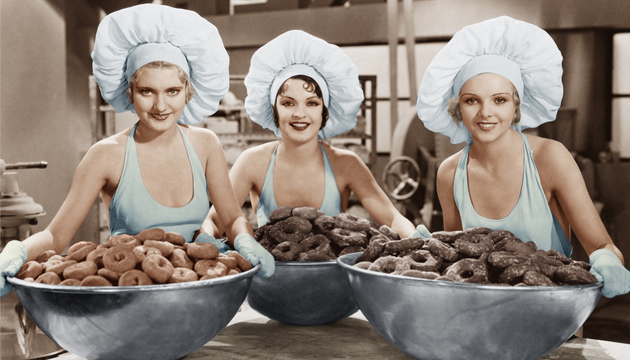The New Industrial Revolution: It’s All About Sharing


Will you do us the honor and join our team of authors?
To write for the SohoBlog, contact us at [email protected]
(Shakespearean prose not required.)

Up until ten years ago, manufacturing was a complex process, requiring costly resources and unique skills that most did not have access to. Three major changes have happened since then. First, it became a lot easier to create a prototype because all you really need is a computer and design software, which are available to anyone. Second, manufacturing no longer requires heavy machinery, due to the appearance of new solutions such as three dimensional printers, CNC machines, laser cutters, cloud manufacturing, etc., which have made it possible for people to manufacture out of their own garage. Third, production today can be made at any scale, meaning producing ten units in order to test your product before mass production becomes a feasible option.
These three factors, along with crowd funding and idea sharing platforms, have transformed the way manufacturing is being done around the world. It has made production something that almost anyone can do and created an opportunity for micro-manufacturers, also known as Makers.
In 2010, Chris Anderson, the editor in chief of Wired Magazine, published a book called “Makers: The New Industrial Revolution” in which he describes how technological improvements have made it possible for Makers to lead a new industrial revolution. This new industrial era is more automated and high-tech and accordingly requires a smaller work force. However, according to Anderson (and I strongly agree), “[The] start-up economy, small business, plus the Web’s innovation model ends up bringing more manufacturing back to the West.” More players in the manufacturing sector means that people who were replaced by robots at the assembly line now have greater opportunity to move upstream.
However, there is more to the Makers movement then just manufacturing. We often preach here about the importance of sharing and the benefits of crowdsourcing and crowdfunding. The Makers movement is living proof of these theories. In order to be a Maker, you have to be open—open to sharing ideas, collaborating with others to achieve a mutual goal, sharing production technique and tools, and sharing software and business models. This openness is facilitated by crowdsourcing tools used by Makers to consult with fellow designers and manufacturers on how to go about making. Crowdfunding is also crucial to this movement, which is still in its infancy and is considered avant-garde. While large banks are hesitant to give the big loans needed to micro-manufacture, peer-to-peer banking is the main source of funding available.
More than anything else, the Makers movement is an online sharing community. Just like SohoOS, it is “living” proof that when you give away a little, you tend to get back much more.
|
|
|